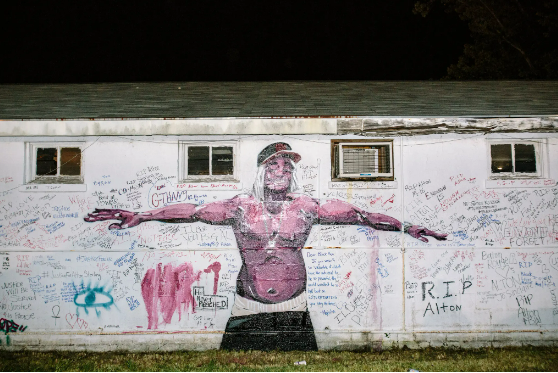
。。。威廉·威德默为《纽约时报》撰稿
这篇文章由 17岁的Narain Dubey撰写,是我们第六届年度学生社论比赛的前12名获奖者之一,我们收到了10,509份参赛作品。
Breaking the Blue Wall of Silence: Changing the Social Narrative About Policing in America
As a child, I thought of police officers with veneration — if I saw a cop in the park, I felt safer. I told myself that when I got older, I would be wearing the badge too.
At 12 years old, I learned about police brutality. When I first saw the video of Eric Garner being thrown to the ground by police officers, I thought it was a movie. Despite knowing that the officers were at fault, I refused to change my internal rhetoric; I thought the media was only portraying the bad side of the people I saw as heroes.
Then on July 31, 2017, a police officer shot and killed my cousin, Isaiah Tucker, while he was driving. Isaiah wasn’t just my cousin. He was also a young, unarmed, African-American man. I no longer dreamt of becoming a police officer.
But the issue is much larger than what happened to Isaiah. As highlighted in The New York Times, the Center for Policing Equity found that African-Americans are 3.6 times more likely to experience force by police officers as compared to whites.
Despite this blatant disproportionality, there is still overwhelming ignorance about it. Just last August, a group of people marched in Philadelphia, countering Black Lives Matter protests with signs and chants of “Blue Lives Matter.” People are quick to challenge discussions of police violence with the idea that “not all cops are bad cops.”
But when we argue in defense of the morality of individual police officers, we are undermining a protest of the larger issue: the unjust system of policing in the United States.
When I met Wesley Lowery, a journalist from The Washington Post, he was adamant that the social narrative regarding police brutality in the United States needs to change. “Conversations about police reform and accountability are about systems and structures, not about individuals,” said Lowery.
It is not that some police officers aren’t doing admirable things in our communities, but revering police officers for not abusing their power is dangerous — it normalizes police violence and numbs society to these issues. The idea that “not all cops are bad cops” belittles attempts to uproot the system. When we go out of our way to controvert this fight, we are perpetuating the inherent problems with racialized policing.
So as you think about policing in America, think of Eric Garner. Think of Alton Sterling, my cousin Isaiah, and the families that were left behind.
We have a responsibility as citizens of this country to call out corruption in systems of power. Policing in America is rooted in racism, oppression and privilege — it’s time that we recognize that.
I learned to change my perspective. So can you.
Works Cited
Williams, Timothy. “Study Supports Suspicion That Police Are More Likely to Use Force on Blacks.” New York Times. 7th July, 2016.
Lowery, Wesley. (2018, August 2nd). Personal communication at Asian American Journalist Association’s JCAMP.








